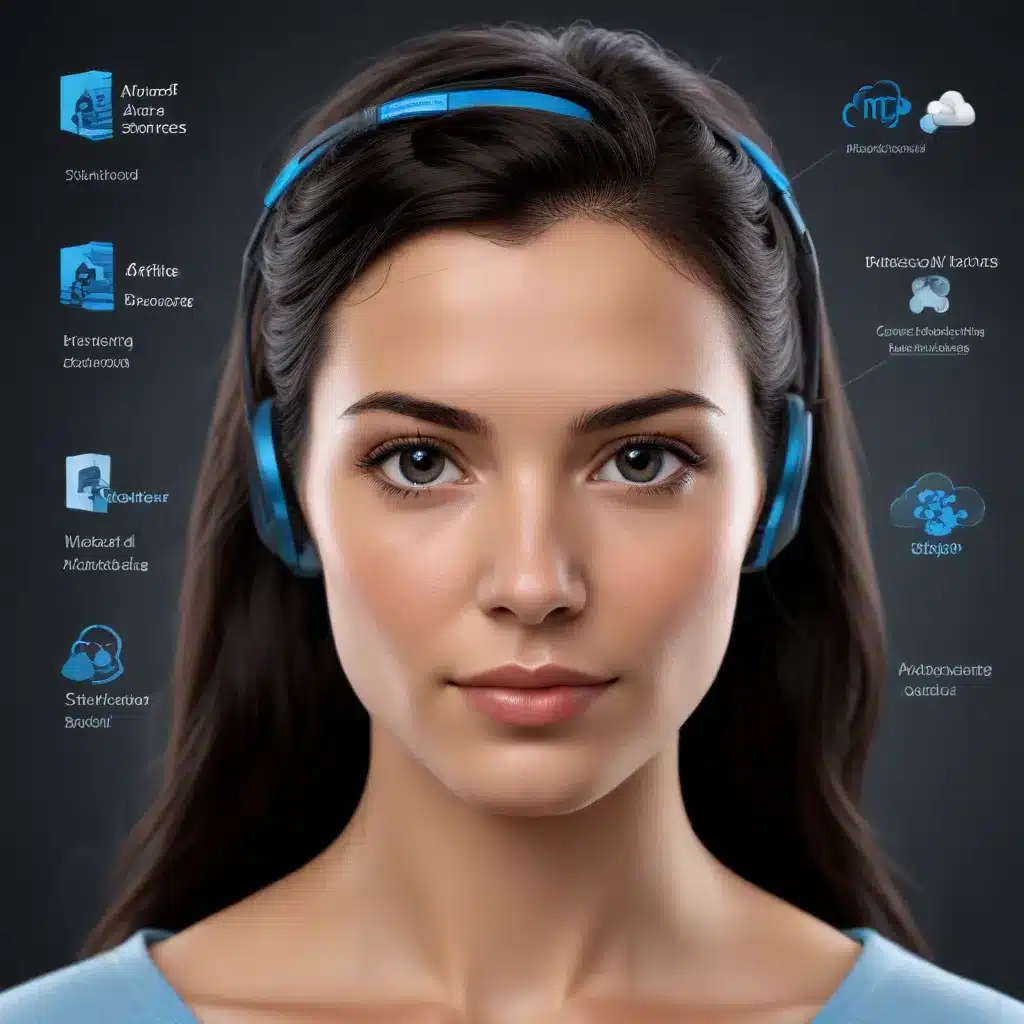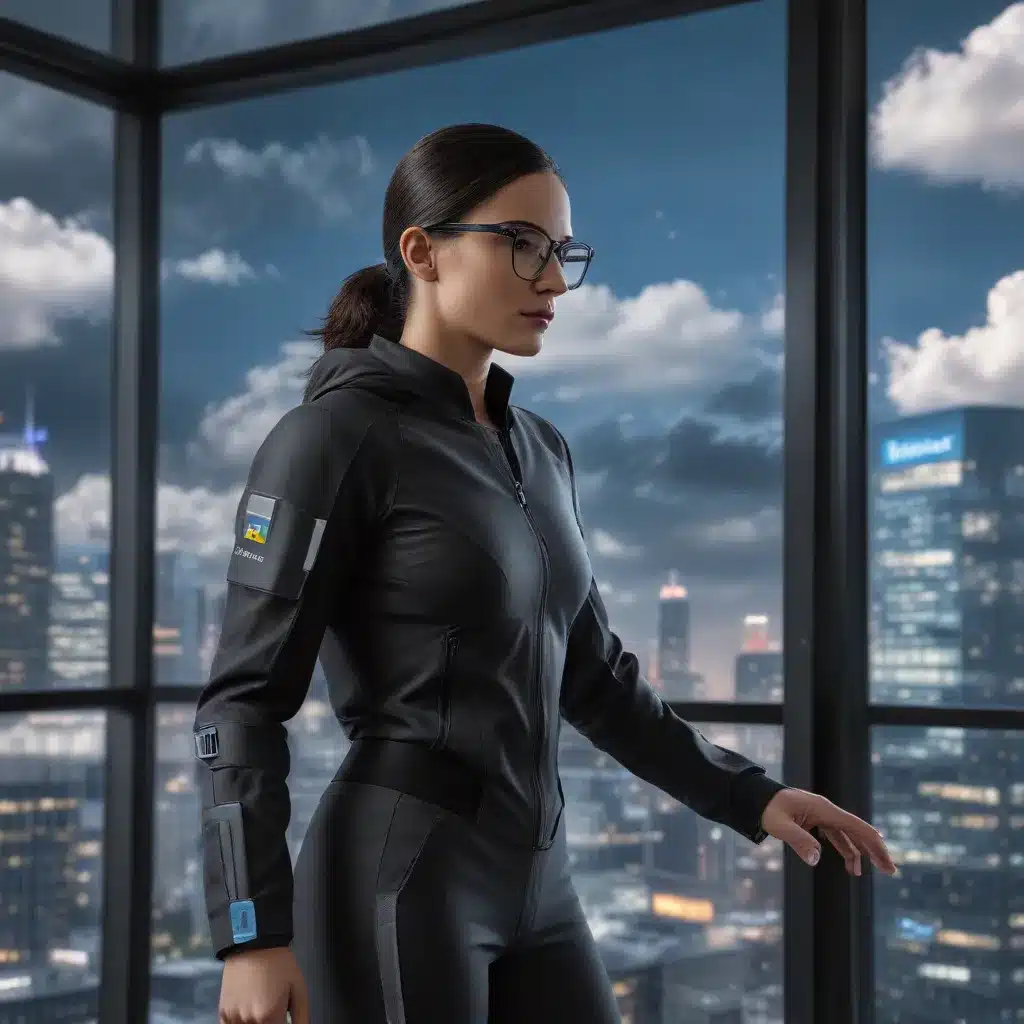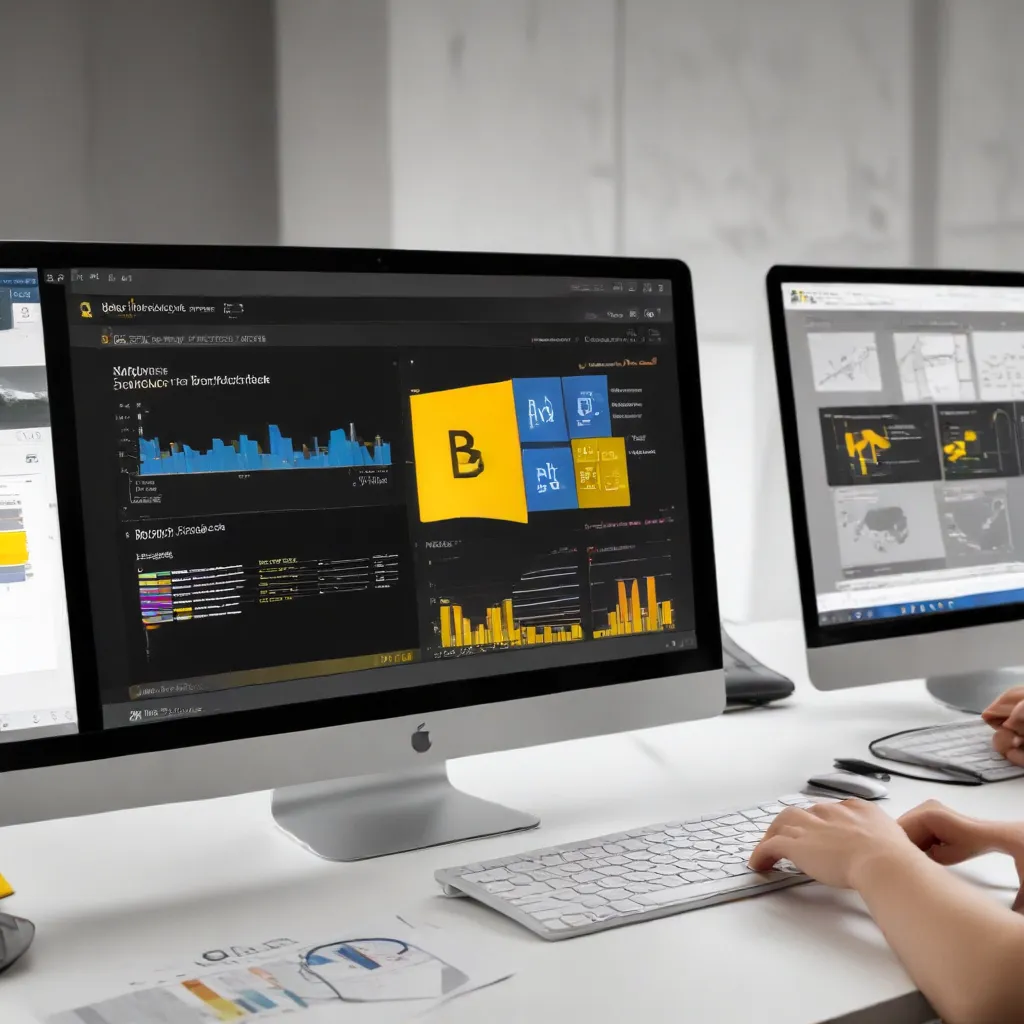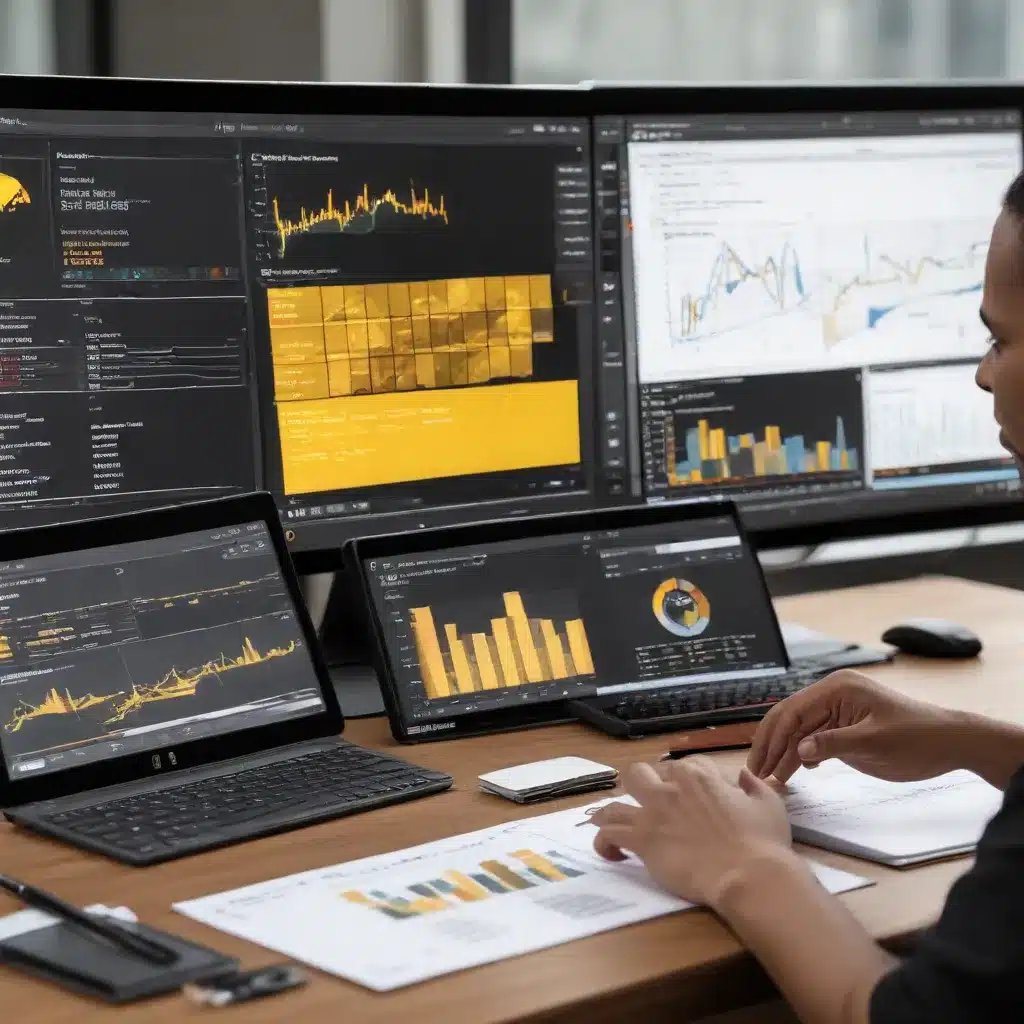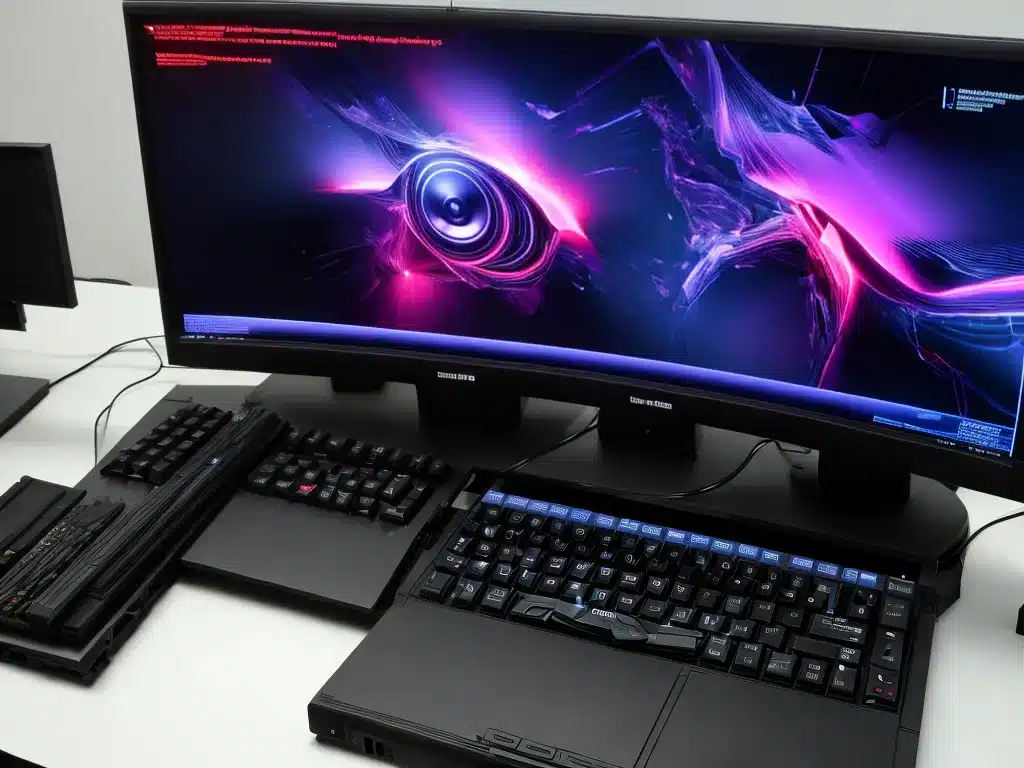
Introduction
A faulty graphics processing unit (GPU) can cause a variety of display and performance issues. As the component responsible for rendering graphics and visuals, a malfunctioning GPU can manifest in distorted or discolored video and images, screen flickering, freezing, crashes and more. Thankfully, there are some troubleshooting steps you can take to resolve common GPU problems before resorting to professional repair or replacement.
Diagnosing GPU Issues
Visual Glitches and Artifacts
One of the most common signs of a faulty GPU is visual glitches and artifacts onscreen. This includes:
- Discolored or distorted images and video
- Pixelation or blocky textures
- Screen tearing
- Flickering – unstable or flickering visuals
- Ghosting – blurry trailing images
These visual glitches indicate the GPU is having trouble rendering graphics properly. The specific artifact can help narrow down the potential cause.
Performance Problems
Aside from visual glitches, GPU issues can also manifest in performance problems like:
- Slow rendering times in games and applications
- Lags and stutters during gameplay or video playback
- Crashes or freezes when using graphically-intensive programs
- High GPU temperatures and fan speeds
Performance issues point to a deeper problem with the GPU chip itself.
Driver Crashes and Errors
GPU driver crashes and error messages can also indicate a faulty graphics card. Some examples include:
- DirectX/OpenGL errors referring to missing textures or failed rendering
- “Display driver has stopped responding and recovered” error messages in Windows
- Driver crash logs and exceptions
- GPU not detected by OS
Troubleshooting Steps
Here are some troubleshooting steps to resolve common GPU issues:
1. Update Graphics Drivers
Outdated drivers are a leading cause of GPU-related problems. Download and install the latest drivers from your graphics card manufacturer (NVIDIA, AMD, Intel). This can fix compatibility bugs and other issues.
2. Clean Install Graphics Drivers
If updating doesn’t help, try uninstalling and reinstalling the drivers using a “clean install.” This fully clears old drivers before reinstalling fresh ones.
3. Check GPU Seating and Connections
Open up your PC and check that the graphics card is properly seated in the PCIe slot. Reseat the card and check that power cables are firmly connected. Faulty seating can cause signal issues.
4. Test GPU in Another PC
To isolate the fault, install the GPU in another PC if available. If issues persist, it points to a problem with the graphics card. If not, other factors like drivers or the slot might be to blame.
5. Look for Damage, Artifacts, Burn Marks
Physically inspect the graphics card and look for any signs of damage like scorch marks or burned components. Artifacts can indicate a bad chip.
6. Monitor Temperatures and Loads
Use GPU monitoring software to check for overheating issues and abnormal fan speeds. This can signify cooling problems or a defective GPU chip.
7. Reinstall Windows/Perform Clean OS Install
As a last resort, reinstall or reset Windows to eliminate any lingering software issues. Backup data first.
When to Replace the GPU
If the above steps do not resolve problems, it likely indicates irreparable physical damage to the graphics card. At that point, replacement is necessary. Some signs include:
- Visible GPU chip damage under inspection
- Overheating even at low loads
- Persistent crashes, freezes and visual artifacts
- GPU not detected at all
It’s also worth replacing the GPU if it’s notably outdated. Upgrading to a newer generation card can fix instability issues and boost gaming performance.
Conclusion
From software drivers to hardware faults, there are a myriad of potential culprits behind GPU-related display issues. Methodically trying different troubleshooting steps helps zero in on the root cause, whether it be unstable drivers, loose connections or a defective component. For persistent problems, replacing the graphics card may be necessary to permanently resolve the situation. With the right detective work, you can get your PC’s graphics and display functioning properly again.

